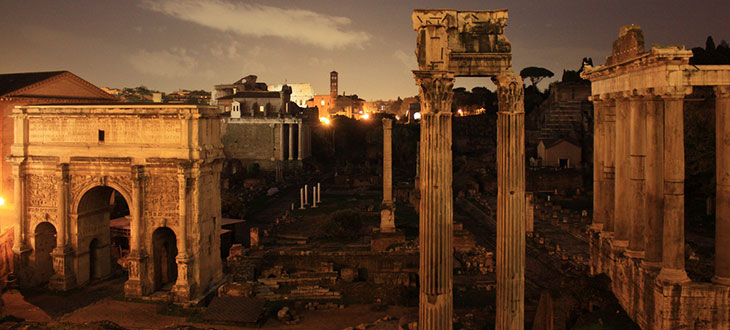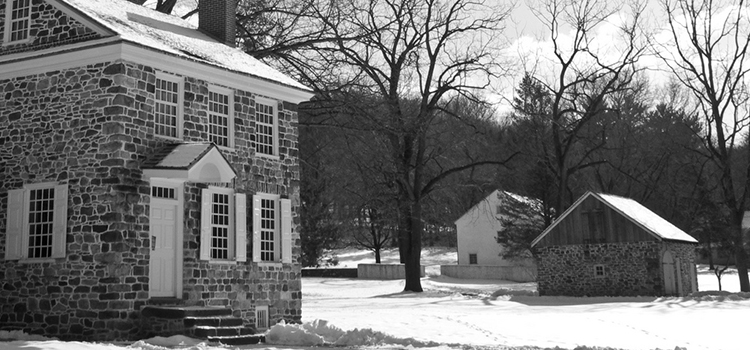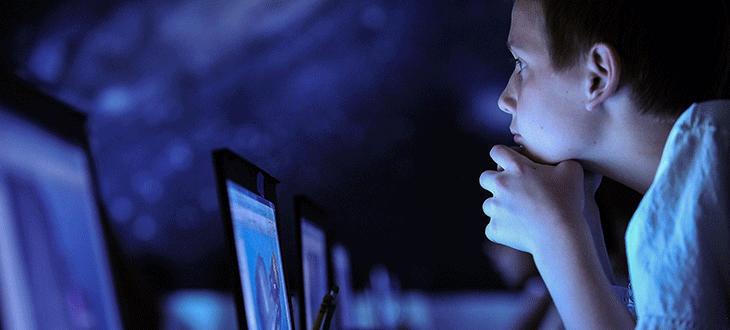 Climate Debate Needs More Psychology
Climate Debate Needs More PsychologyBy Joel Shurkin, Inside Science -- The notion that Earth’s climate is changing—and that the...
 Thanks For The Wake: Catered Funerals Began In The Mid-east
Thanks For The Wake: Catered Funerals Began In The Mid-eastBy Joel Shurkin, Inside Science - Once upon a time, there lived a people we call the Natufians...
 South Dakota Wine? New Grape Genetically Optimized For Extreme Temperatures
South Dakota Wine? New Grape Genetically Optimized For Extreme TemperaturesBy Joel Shurkin, Inside Science — Wine grapes specially bred for extreme temperatures may have...
 The Serious Physics Of Super Balls
The Serious Physics Of Super BallsBy Joel Shurkin, Inside Science -- Super Balls are toys beloved by children because of their extraordinary...




 By Joel N. Shurkin,
By Joel N. Shurkin, 
 By Joel N. Shurkin,
By Joel N. Shurkin, 
 By: Joel N. Shurkin,
By: Joel N. Shurkin, 
 By Joel N. Shurkin,
By Joel N. Shurkin, 
 By Joel N. Shurkin,
By Joel N. Shurkin, 
